Effective Waterproofing for Building Protection
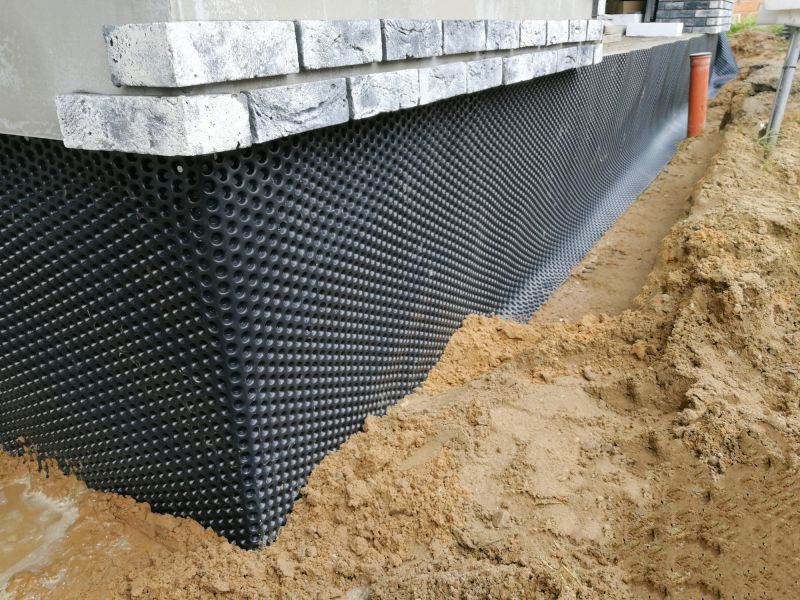
Applying waterproofing before winter ensures protection against snow and ice accumulation.
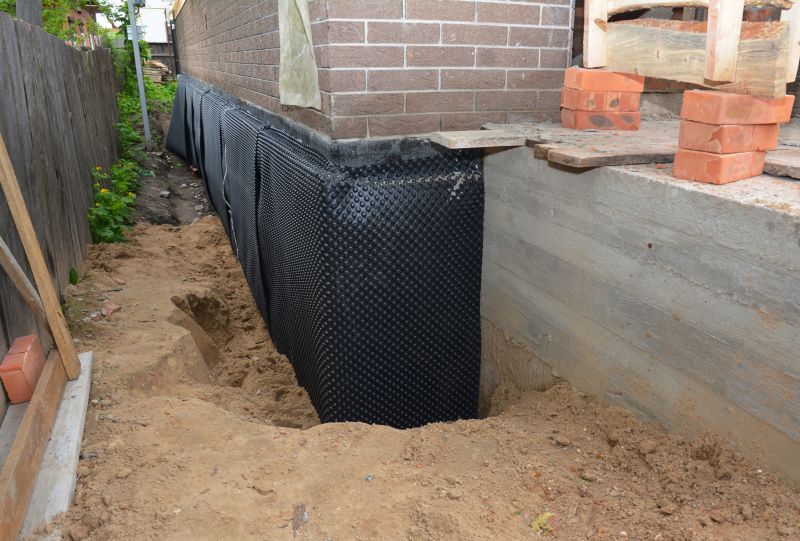
Spring is ideal for waterproofing projects as temperatures are rising and moisture levels are manageable.
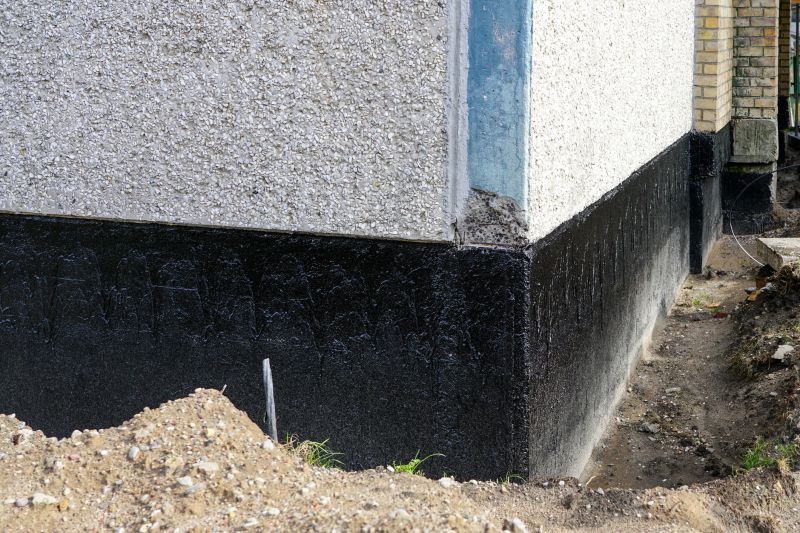
Summer offers warm, dry conditions suitable for thorough application and curing of waterproofing materials.
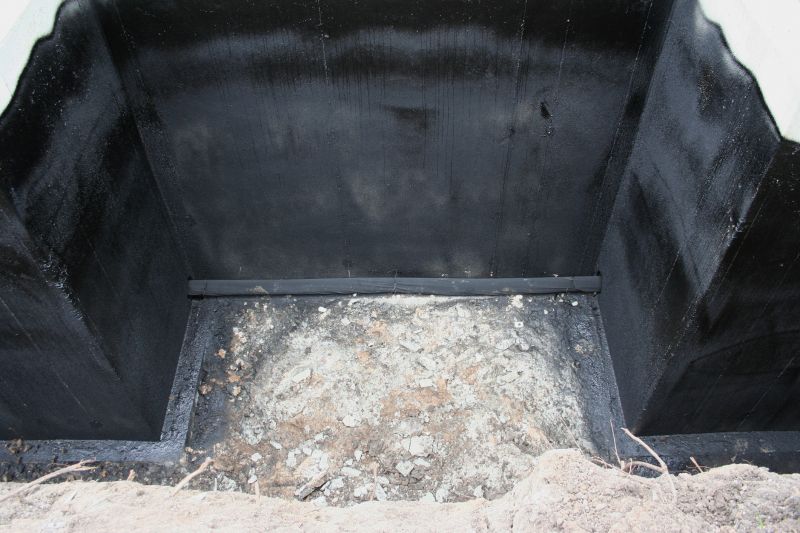
Ways to make Waterproofings work in tight or awkward layouts.
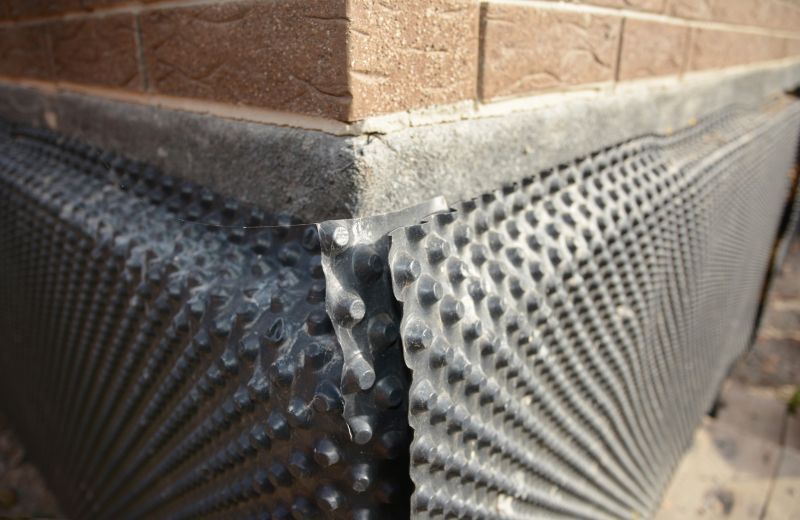
Popular materials for Waterproofings and why they hold up over time.
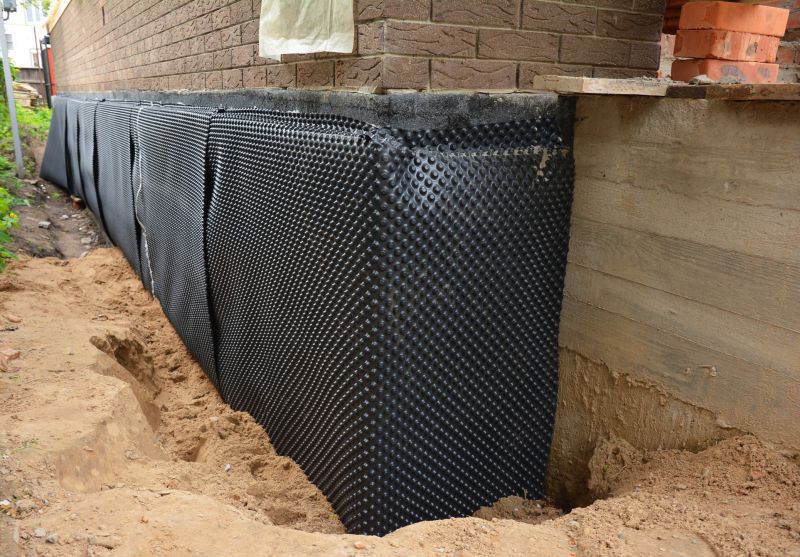
Simple add-ons that improve Waterproofings without blowing the budget.
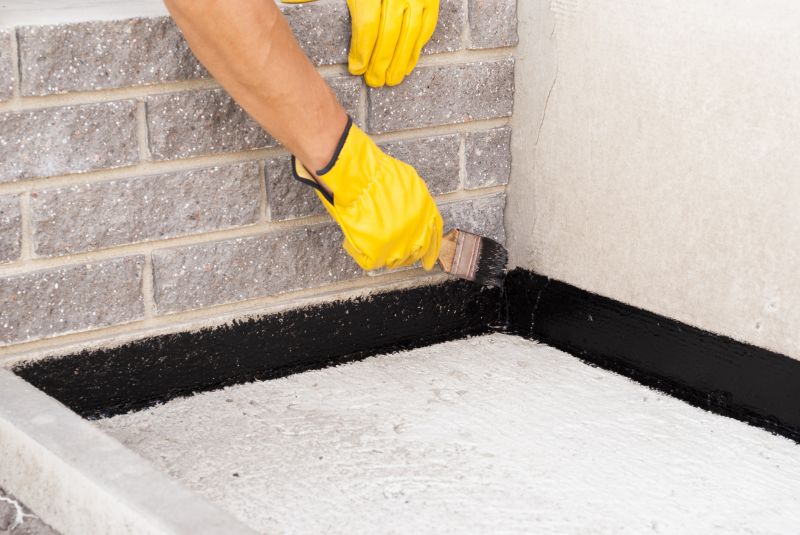
High-end options that actually feel worth it for Waterproofings.
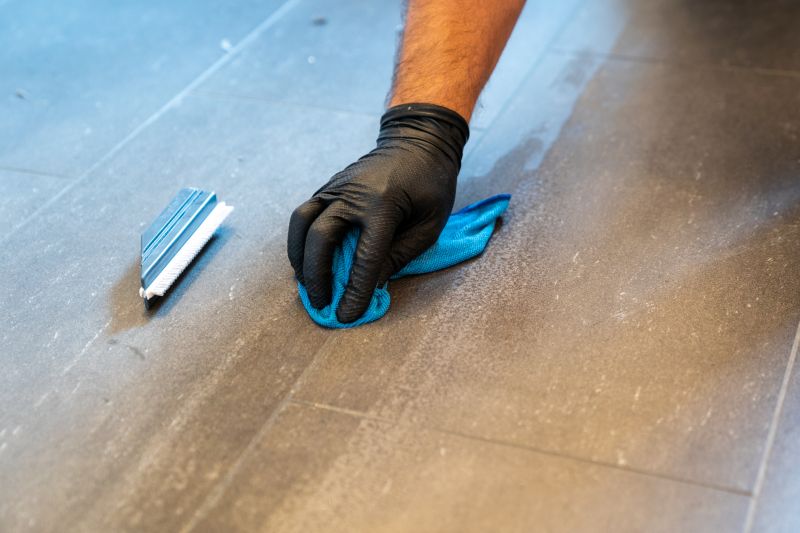
Finishes and colors that play nicely with Waterproofings.
Waterproofings are essential for protecting structures from water infiltration, which can cause damage, mold growth, and structural deterioration. Proper waterproofing extends the lifespan of buildings and reduces maintenance costs. The effectiveness of waterproofing depends on choosing the right materials and applying them during optimal weather conditions. Statistics indicate that waterproofing can prevent up to 80% of water-related damages when performed correctly and timely.
Timing is crucial for waterproofing projects. Applying waterproofing during dry, warm weather ensures better adhesion and curing. In colder months, moisture and freezing temperatures can compromise the integrity of waterproofing layers, leading to early failure. Therefore, scheduling waterproofing in late spring or early summer is often recommended to maximize durability and effectiveness.
Choosing the right season for waterproofing ensures optimal application conditions and long-lasting results.
Avoid waterproofing during rainy or freezing conditions to prevent compromised adhesion and curing.
Different waterproofing materials perform best under specific weather conditions, influencing timing decisions.
Scheduling waterproofing proactively can prevent costly water damage and structural issues.
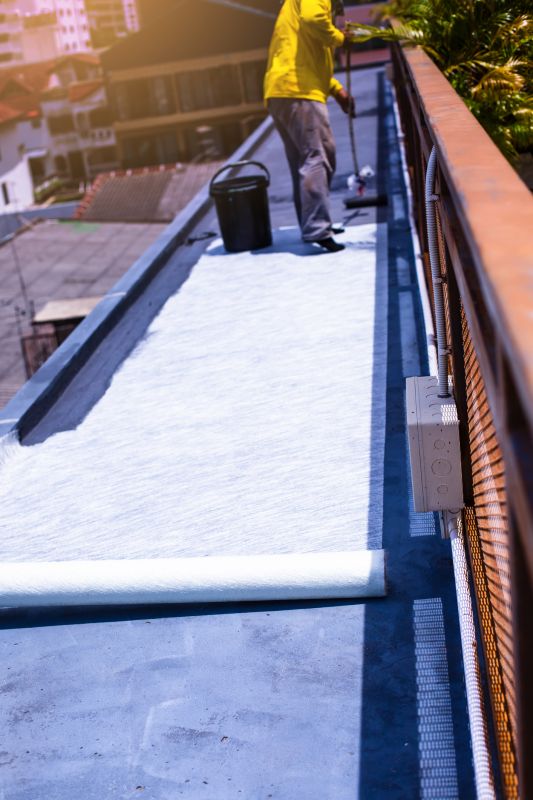
Dry, warm weather allows for effective application and curing of waterproofing layers.
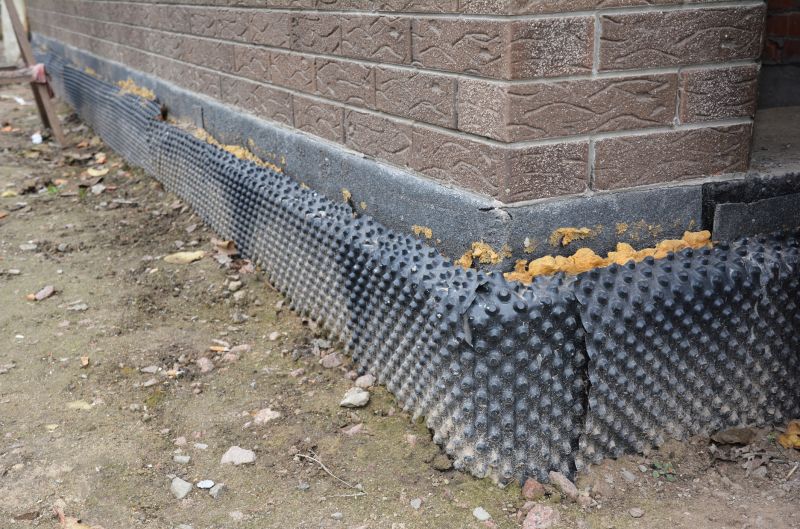
Moderate temperatures and reduced moisture levels facilitate better adhesion.
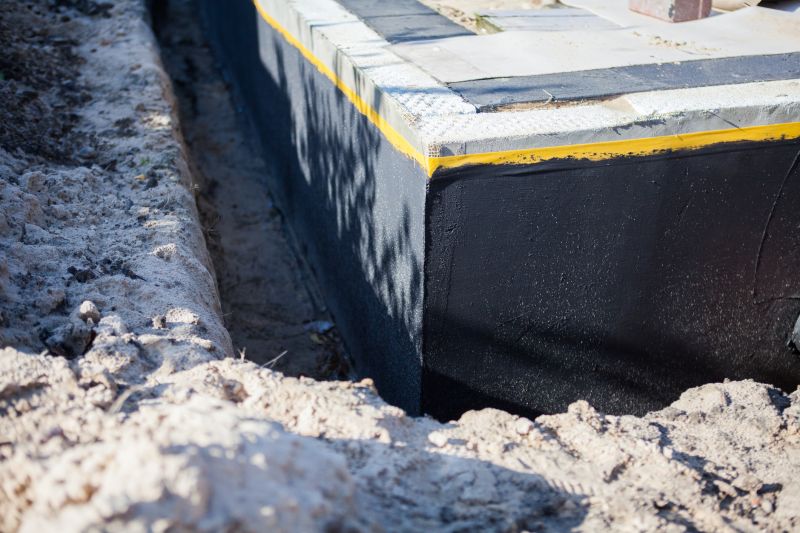
Applying waterproofing before cold weather prevents water infiltration during snow and ice.
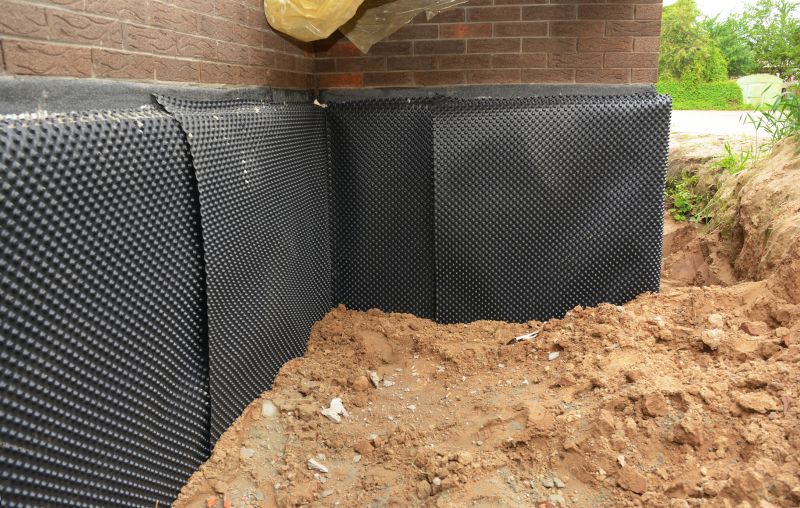
Assessing waterproofing integrity after winter helps plan necessary repairs or reapplications.
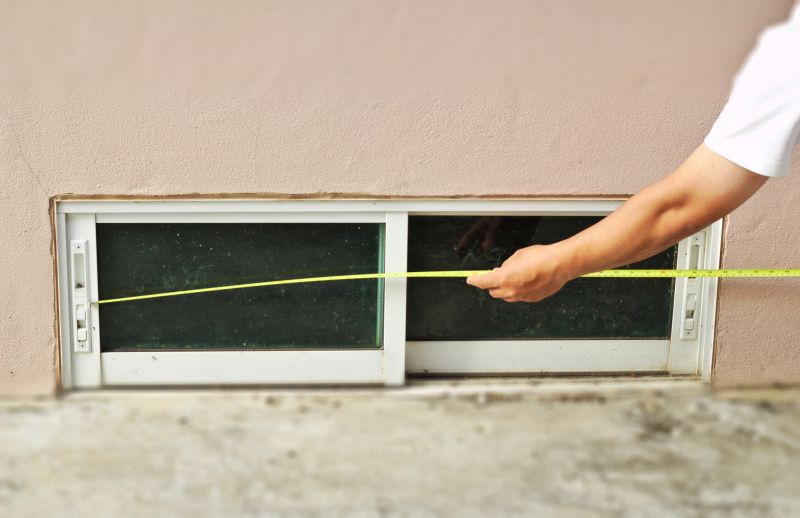
Little measurements that prevent headaches on Waterproofings day.
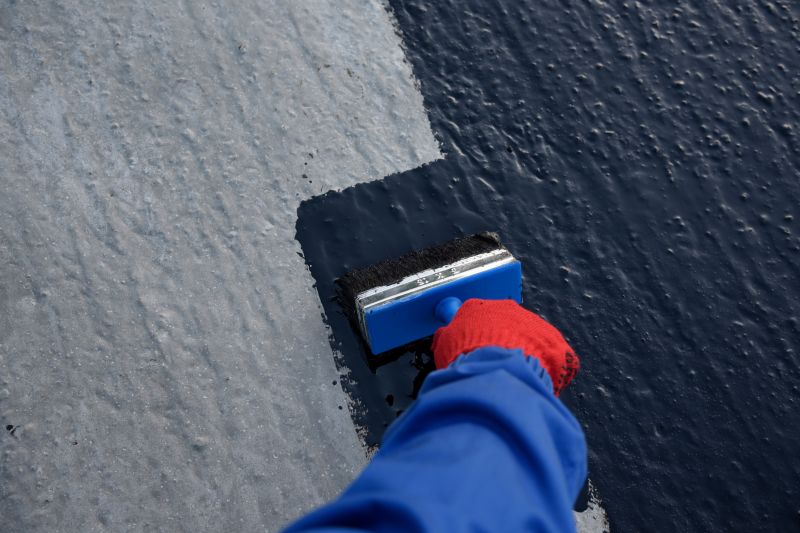
A 60-second routine that keeps Waterproofings looking new.
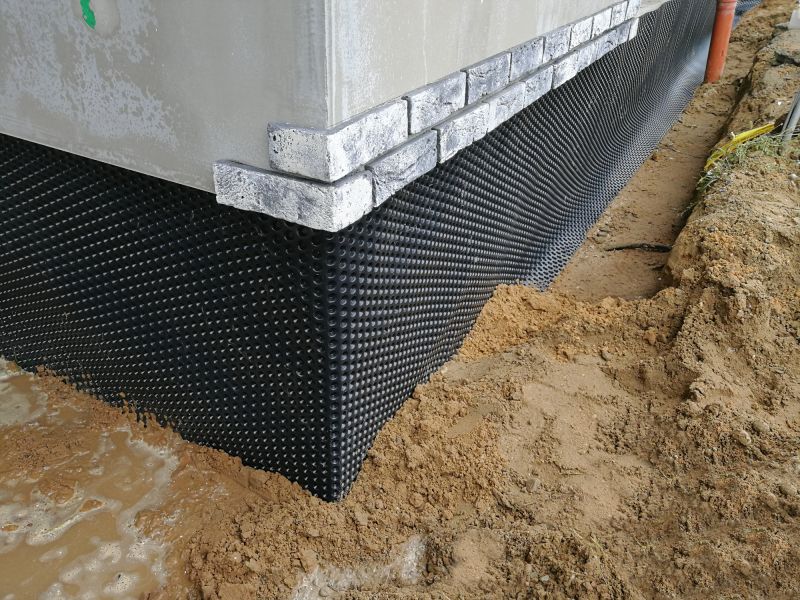
A frequent mistake in Waterproofings and how to dodge it.
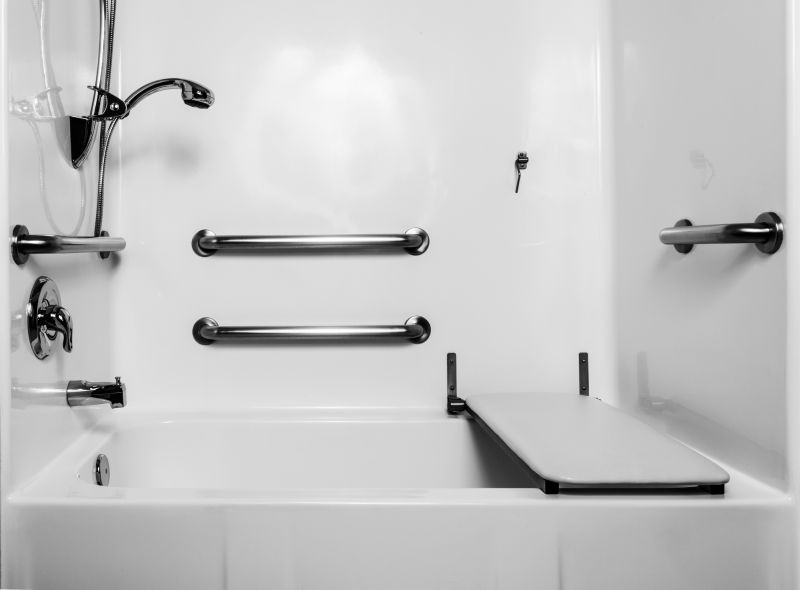
Small tweaks to make Waterproofings safer and easier to use.
| Season | Ideal Conditions |
|---|---|
| Spring | Moderate temperatures, low moisture levels |
| Summer | Warm, dry weather, good curing conditions |
| Fall | Cooler temperatures, less rainfall |
| Winter | Not recommended due to freezing temperatures and high moisture |


